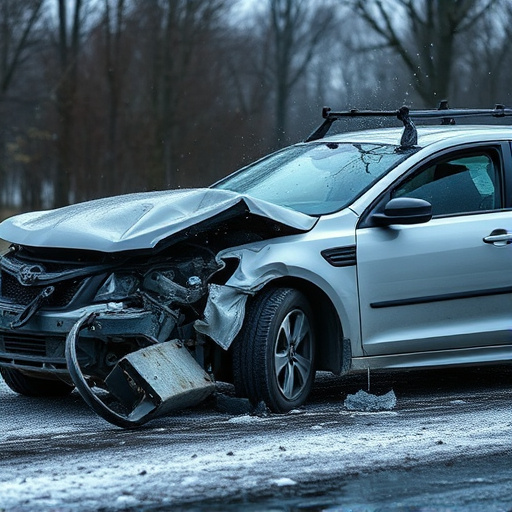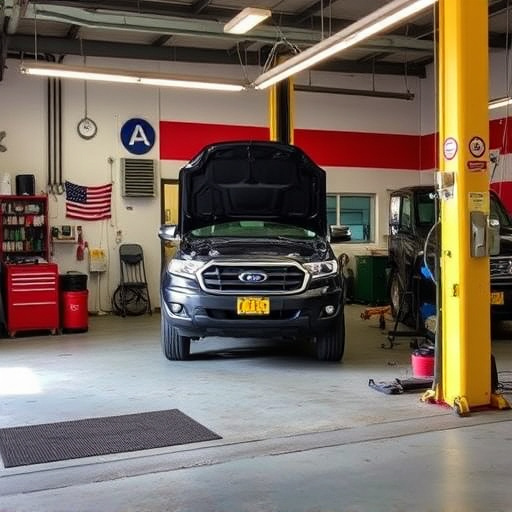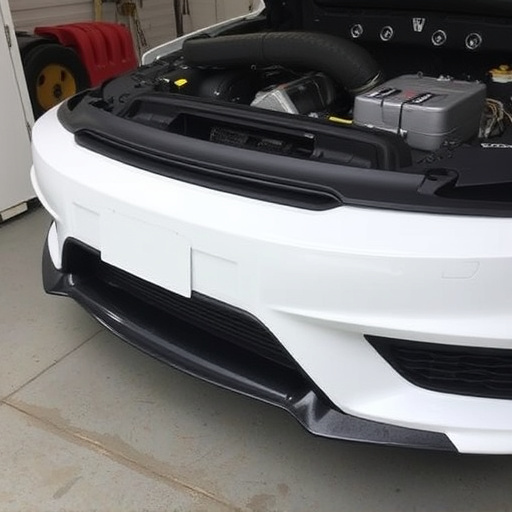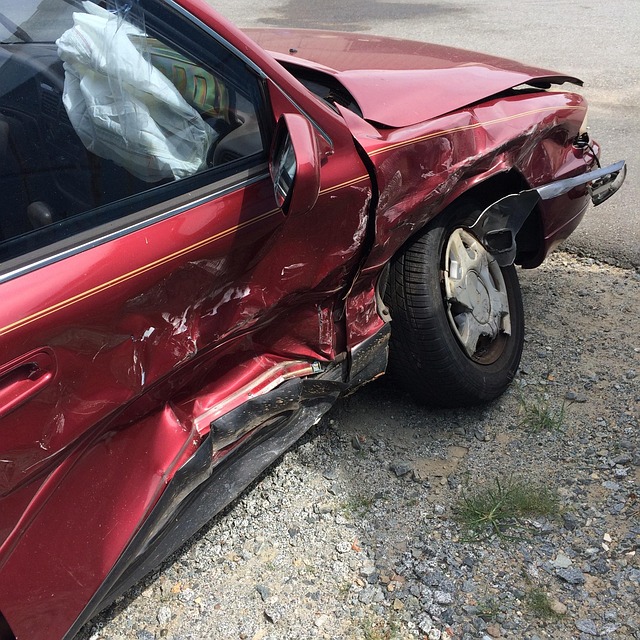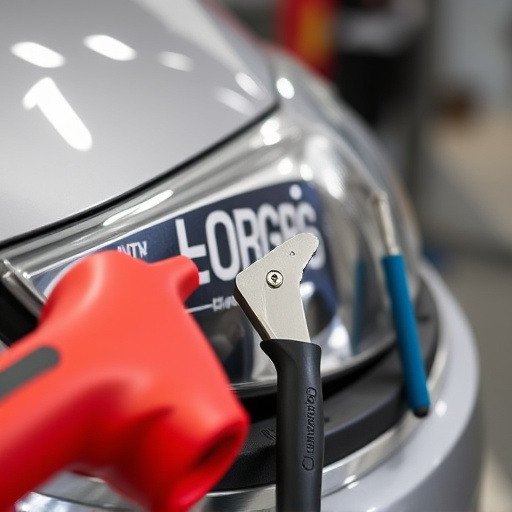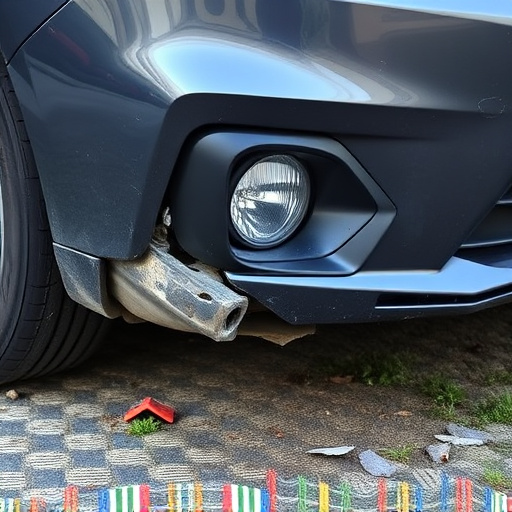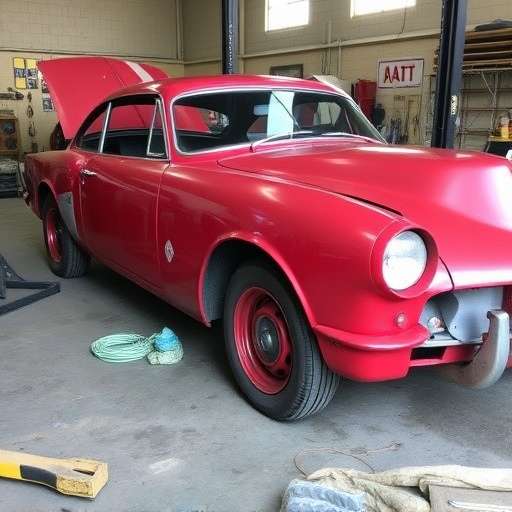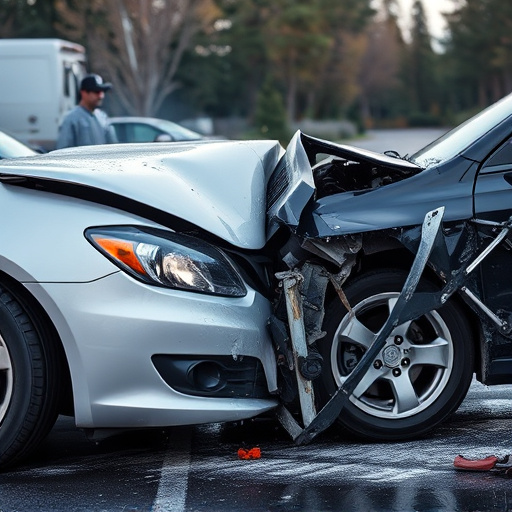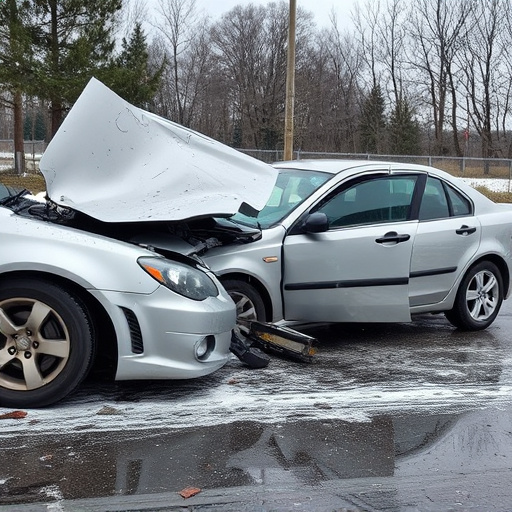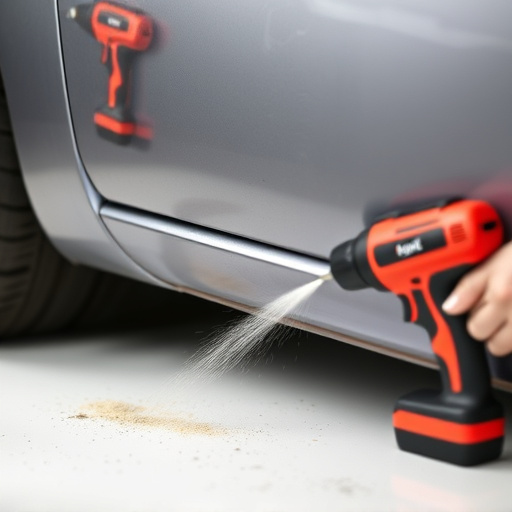Ultrasonic dent detection revolutionizes vehicle repair by offering a precise, non-destructive method for assessing scratches and collision damage using high-frequency sound waves. Selecting the right tool is crucial for beginners—choose mid-range options with clear instructions. Mastering techniques like calibration, clean inspection, reference standards, and sensitivity settings ensures reliable results in auto body repair and glass replacement.
“New to the world of ultrasonic dent detection? This comprehensive guide is your starting point. We demystify this advanced technology, explaining its fundamentals and how it works. From understanding the science behind it to selecting your first detector, we cover all the basics. Learn essential techniques for accurate measurements and gain confidence in this powerful tool. Whether you’re a beginner or looking to improve your skills, this guide offers practical insights into the world of ultrasonic dent detection.”
- Understanding Ultrasonic Dent Detection: Basics Explained
- Choosing Your First Ultrasonic Dent Detector
- Mastering Techniques for Accurate Readings
Understanding Ultrasonic Dent Detection: Basics Explained
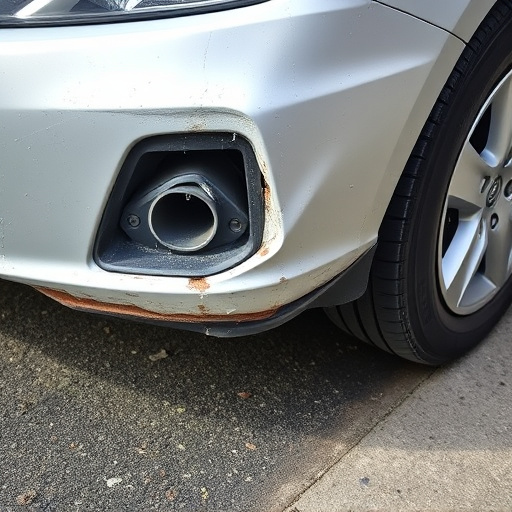
Ultrasonic dent detection is a cutting-edge technology revolutionizing the field of vehicle repair, particularly in assessing and repairing car scratches and automotive collisions. It’s a non-destructive testing method that uses high-frequency sound waves to identify and locate dents or damage on a vehicle’s surface. By emitting ultrasonic pulses, this technology creates a detailed image of the metal’s density and thickness, revealing even subtle deformities.
This innovative approach is especially beneficial in the automotive industry where precision is key. Unlike traditional methods like visual inspection, which might miss subtle dents, ultrasonic dent detection provides accurate measurements and data. It aids in effective car scratch repair and ensures that every vehicle undergoes thorough evaluation before and after collision repairs, leading to better outcomes and customer satisfaction.
Choosing Your First Ultrasonic Dent Detector
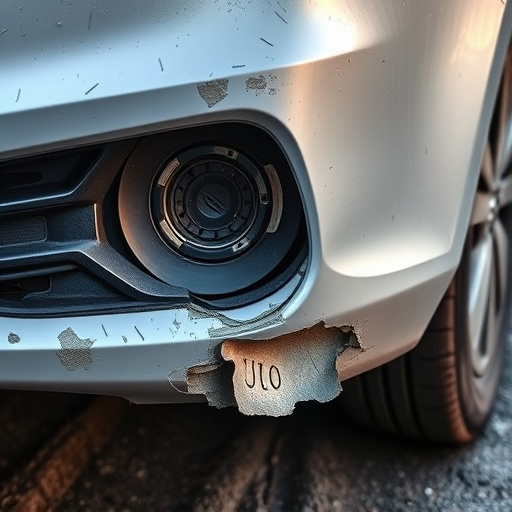
When starting your journey into ultrasonic dent detection, choosing the right tool is paramount. Consider your experience level and budget as you navigate the market. For beginners, opt for a user-friendly model with clear instructions and comprehensive guidance to ensure a smooth learning process.
Think of it like selecting a vehicle – you wouldn’t choose a high-performance race car if you’re just starting to drive. Similarly, avoid advanced, industrial-grade ultrasonic dent detectors until you understand the basics and develop your skills. A mid-range model designed for both beginners and professionals in luxury vehicle repair, like Mercedes Benz collision repair, offers a balanced approach that will serve you well as you grow. Remember, the right tool can make all the difference in achieving precise results, whether you’re repairing minor dents or tackling more complex hail damage repair.
Mastering Techniques for Accurate Readings
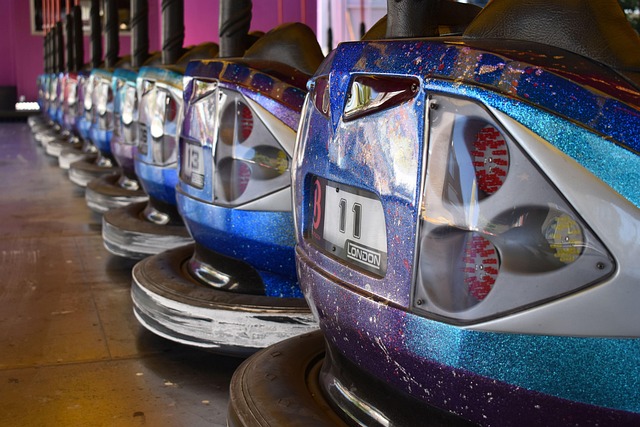
Mastering Techniques for Accurate Readings
When it comes to ultrasonic dent detection, accuracy is paramount. To ensure precise measurements and analysis, beginners should focus on understanding and implementing several key techniques. One crucial method is to calibrate the equipment regularly to account for any natural variability or drift in performance over time. This ensures that every reading represents an accurate reflection of the damage. Additionally, maintaining a clean and controlled environment during the inspection process can significantly reduce interference from dust, debris, or other contaminants that might affect readings.
Another essential technique involves utilizing reference standards or known good samples to validate the system’s accuracy. By comparing results against these established benchmarks, users can gain confidence in their measurements. Moreover, training and familiarizing yourself with the ultrasonic dent detection tool’s features, including its range of sensitivity settings, can help in tailoring the device to specific needs, whether for minor scuffs or significant structural dents. Remember, consistent practice and adherence to these techniques will lead to more reliable and reproducible results, making your ultrasonic dent detection efforts more effective, especially when considering tasks like auto repair near me, auto body repair, or auto glass replacement.
Ultrasonic dent detection is an accessible and powerful tool for beginners seeking to explore this advanced technology. By understanding the basics, selecting the right detector, and mastering accurate techniques, you can unlock a new world of quality control and precision. Embrace the process, stay curious, and remember that practice makes perfect in achieving reliable ultrasonic dent detection results.
